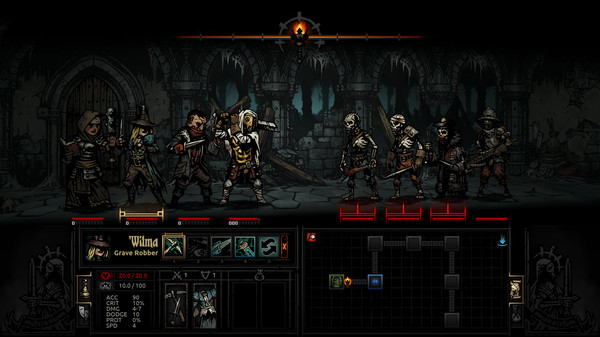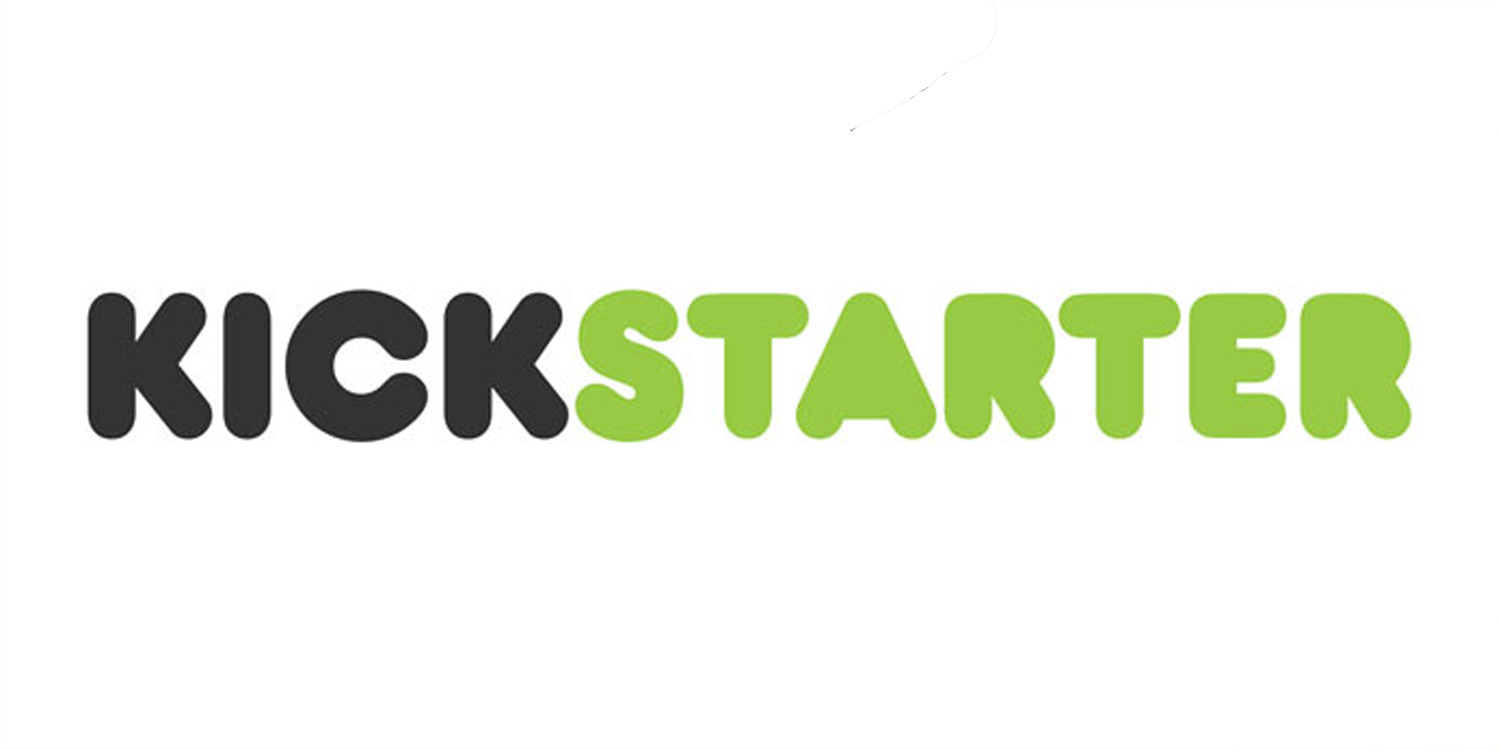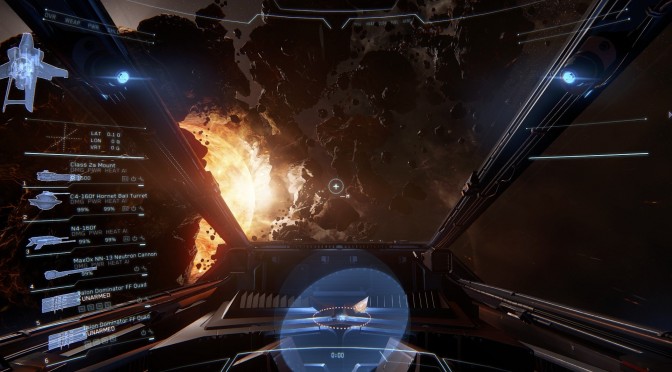Kickstarter is a great service for indie developers looking to gain funding for their video games. While we often hear of success stories from projects, we rarely hear about the hundreds that don’t receive funding. So why do so many projects not receive the funding they need? The reason is because they make basic yet very avoidable mistakes.
Leaving Everything to the Last Minute
One of the most common mistakes made by first-time indie developers. Upon deciding to set up a Kickstarter campaign, only then do they begin to promote themselves and their title, whether that be done through the likes of Indie DB, Facebook, Twitter and so on.

Instead, they do everything at the last minute, resulting in limited promotion and a very small marketing footprint. If players don’t know about both you or your game, then they won’t be looking for a Kickstarter to invest money into it either one of you.
Promotion for the game should begin at a minimum several months before even announcing or thinking about starting a Kickstarter campaign. This gives time for the game to gather some attention and when it comes to the start of the campaign, players will already be interested.
It is a domino effect. Once a few invest, others begin to become intrigued too. People begin to think, “Hmmm, others have invested their money into this, it must be worth MY time and money, too.” If your campaign fails to kick off, it won’t ever get that domino effect. This is why promotion is so important.
A Promise Without Proof
You could be the biggest video game legend of all time and a Kickstarter can fail miserably if you don’t have any proof to back up your campaign promises. A perfect example of this would be John Romero and Adrian Carmack’s campaign for their FPS title Blackroom earlier this year.
Both legendary names in the industry, their Kickstarter started brilliantly but began to really slow down half way through. This was primarily because their entire pitch consisted of explaining what the game was about while making plenty of promises of what it would be — none of which had any proof.
There was no gameplay or vertical slice of game features or mechanics. All that investors got was a well-edited video of John Romero talking about the game and some art design by Carmack. While it attracted die-hard fans, the campaign wasn’t enough to convince the masses to invest in the project.
In the end, Romero canceled the Kickstarter in order to create a demo that would feature actual gameplay. Lesson: You need to give proof of your promises and show that they and your project are coming along nicely before asking people to invest their hard earned money into your project.
Not Giving a Taste of the Experience You Are Pitching
There is nothing better for a Kickstarter campaign than giving investors a good taste of what you are pitching to them. While a lot of successful Kickstarters haven’t done this, most of them already have a long list of successful titles behind them.
It doesn’t have to be anything extravagant. in fact, a small demonstration for investors can convince them your project is worth them splashing their cash at. A 10-15 minute demo, showing the game’s primary features and mechanics is all that is needed. If it impresses, it will quickly lead to your campaign becoming successfully funded.
A great example of this is Chris Roberts’ Star Citizen, which has been extremely successful through funding. Every so often, Roberts opens Star Citizen’s servers to everyone, giving them a taste of what the end product is going to provide.
While this is easier said that done for some projects, your project should have some degree of polish. It should at least have some of the primary features and mechanics implemented before even considering starting a Kickstarter. There should be enough done to at least make a demo.
Not Planning and Showing Costs
A lot of indie developers start a Kickstarter campaign by asking for X amount of money, but they don’t explain what that money is being spent on. For all the investors know, it could be the cost of the team’s Redbull supply.
Instead, the entire funding goal should be calculated and split into different categories and demonstrated to investors using the likes of a pie chart.
For example, if a developer is looking for $55,000 in funding, they should explain that $5,000 is for art assets, $15,000 is for design, $20,000 is for programming, $5,000 is for music and sound, and $5,000 is to fulfill pledge rewards.
This proves to potential investors that you have a set plan and know exactly what you are doing. It gives them confidence in both you and the development of your game. A plan shows there is order and direction. Without a plan, chaos is bound to ensue and problems will surely arise.
Not Being Clear and Confident
Very often, developers will talk about their game, its features and its mechanics in the video they place at the top of their Kickstarter campaign. It is the first thing potential investors will see and most likely click on. This is why when talking about your game, you must be confident and clear in your message.
If you are using a camera to capture yourself, always look into the camera. Do not let your eyes wonder or begin looking around the room. It shows a lack of confidence and some may even look at it as lying. There should be no “ums” or “ahs” in between words or sentences. Again, it shows a lack of confidence and uncertainty.
The best thing to do in that instance is to edit them out. Sure, having lots of breaks throughout the video may not be the best scenario, but it is still effective. It at least shows that you are doing your best to work as professionally as possible.
All the Above Mistakes Can be Avoided
It just takes a bit of extra work to create an excellent Kickstarter campaign that has a high chance of being successful. The more detailed it is and the more professional it looks, the higher chance you have of the Kickstarter team featuring your campaign — and your project getting funded.
Creating a great, promising and most of all appealing Kickstarter campaign isn’t that hard. It just requires honesty, detail, confidence and transparency, giving people a reason to invest their hard-earned money into your title. Without that, you will already be at a disadvantage — before you even begin.
What other tips do you have on building a successful Kickstarter campaign? Share your thoughts and strategies in the comments below!











Published: Nov 26, 2016 09:10 am